Building: High Performance Organizations
In over 20 years of real-world experience, OLC has helped organizations develop specific "Organizational Capabilities" that enable the achievement of high performance, foster innovation and engagement, and help knowledge workers use their full potential.

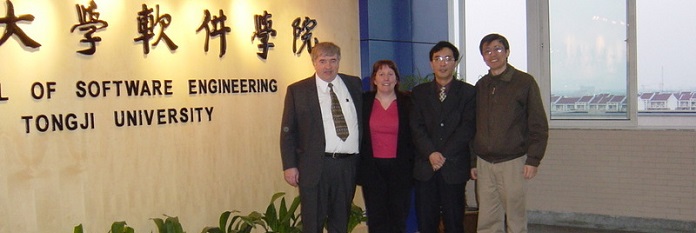

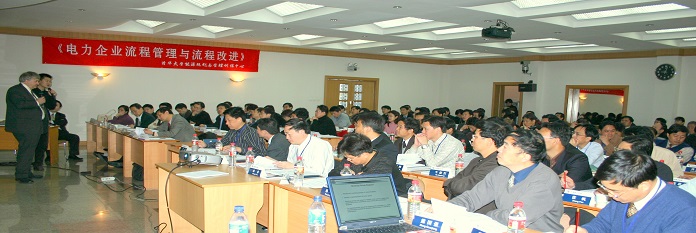
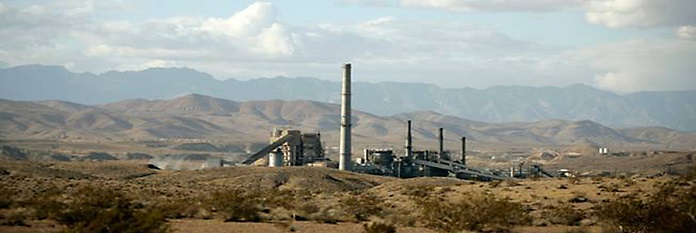
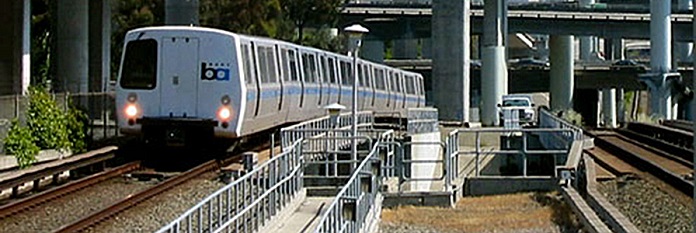
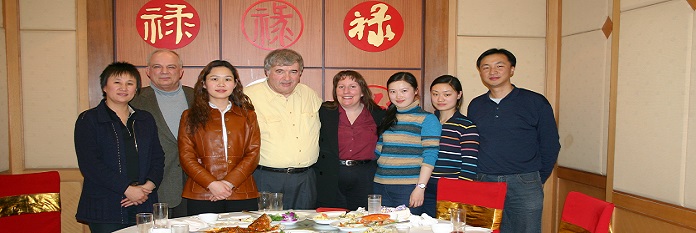


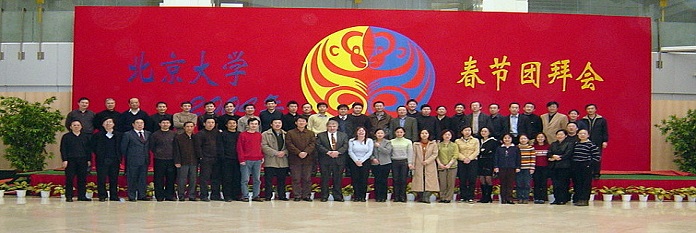
OLC's "Bigger Pie" Initiative
Let's stop arguing about who gets the biggest piece of the pie, let's work together to make a bigger pie. Lack of knowledge... that is the problem -W. Edwards Deming
"How do you make a bigger pie?" The purpose of "The Bigger Pie Initiative" is to share OLC's answers to this this question with individuals and groups who seek ways to build a better world for all.
What is a high-performance organization
There is no consensus within the literature providing an answer to the question “What is a high-performance organization:” Perhaps the best observation is "we know one when we see one."
In her article ”Towards a Theory of High-Performance”, Julia Kirby states that “ the challenge of measuring a company’s relative performance across industries and eras did not occur to anybody until 1980”. The question was raised as a result of Tom Peters and Bob Waterman’s book “In Search of Excellence.”
Harvard Business Review published in 2005 a special double issue on the high-performance organization. This publication included the views of ten different research teams on “the keys to high-performance”. There was a wide spread of opinion between these teams on how to classify a high-performance organization.
As there is a lack of any consensus on the definition of a high-performance organization we believe the following simple definition published by Fortune Magazine in July 1989 will suffice:
“A high-performance organization is one that is performing in the top 10% when compared with similar organizations.”
The following are some characteristics that we believe are or should be associated with a high-performance organization:
- Customers are very satisfied with the value of the products and services the organization provides.
- The organization is making optimum use of its people, processes, technology and capital resources.
- The organization’s financial performance fully satisfies the expectations of organizational stakeholders.
- The organization has the agility to adapt efficiently and effectively to changing circumstances.
- The organization is considered to be a valued neighbor by the community in which it operates.